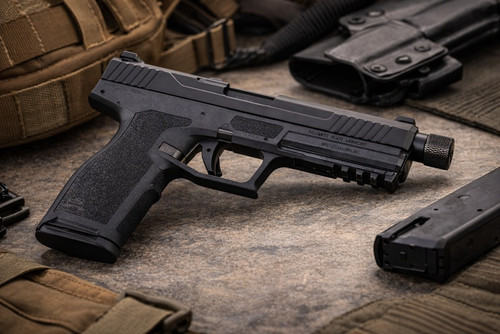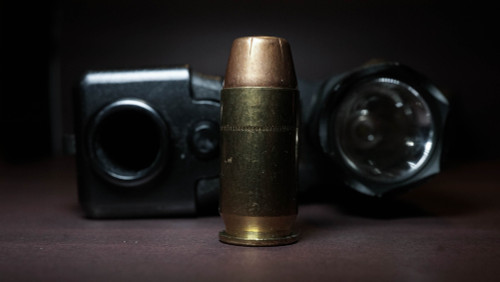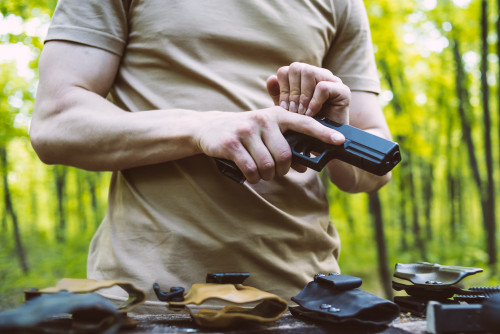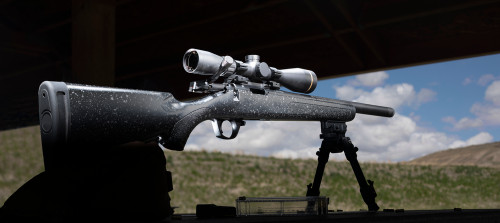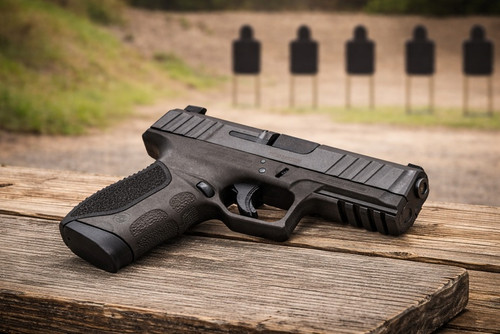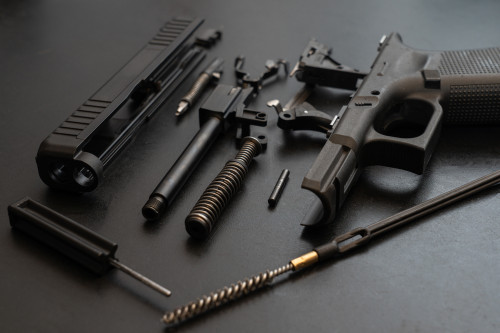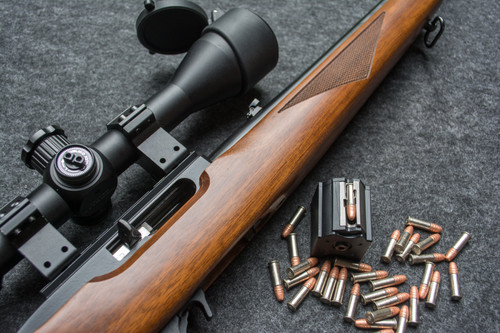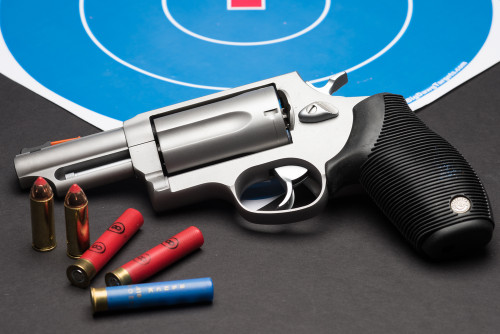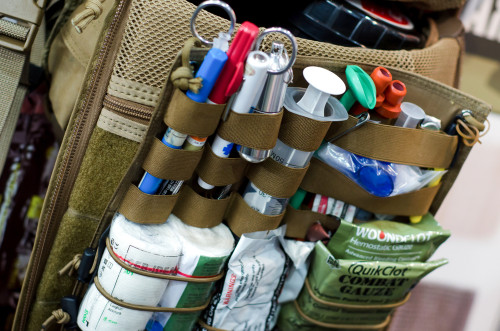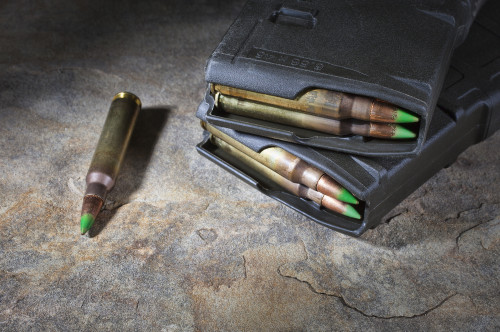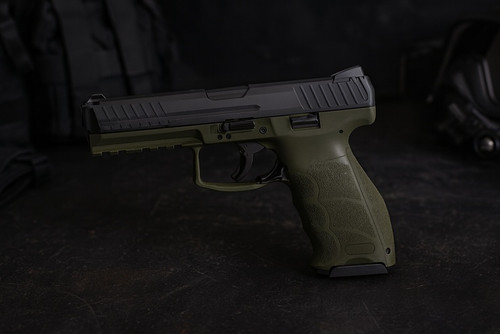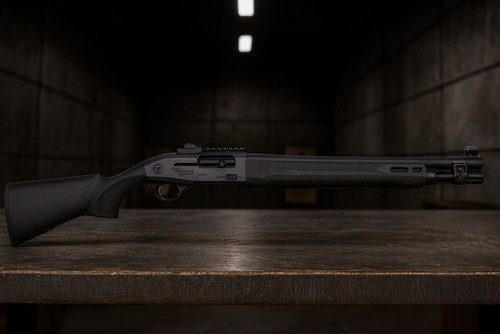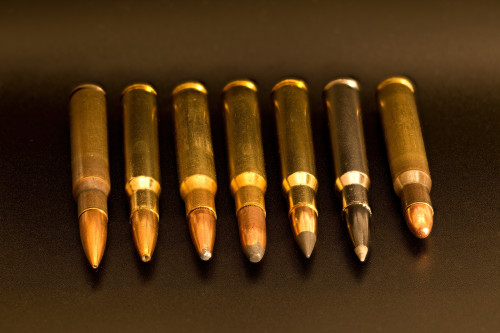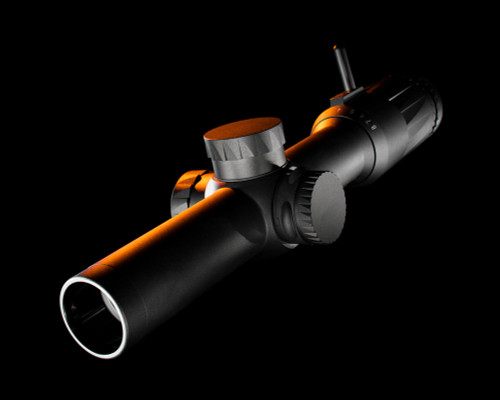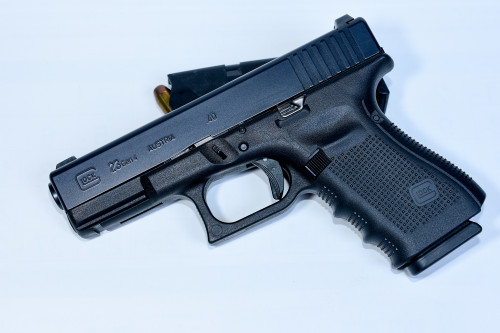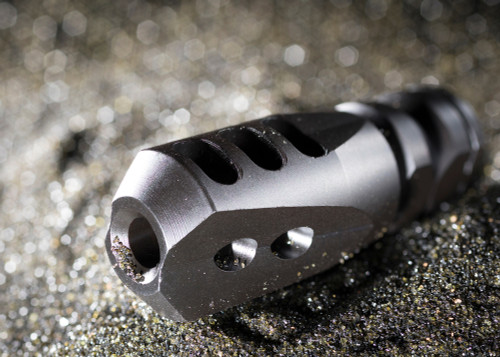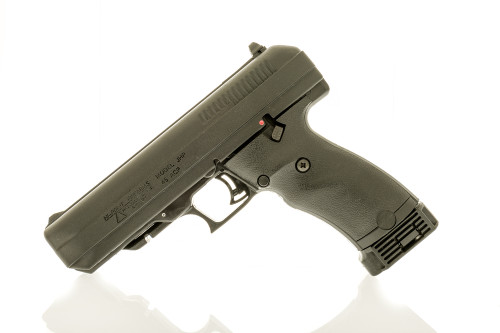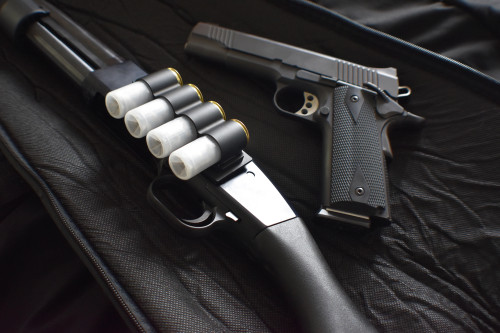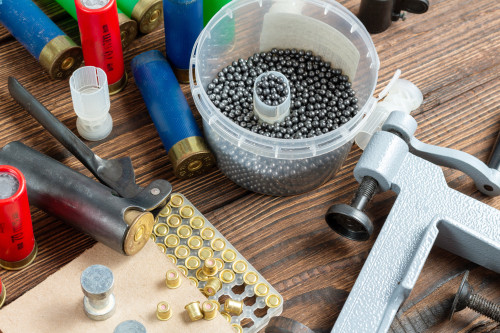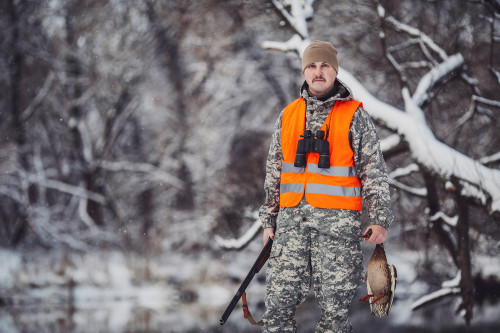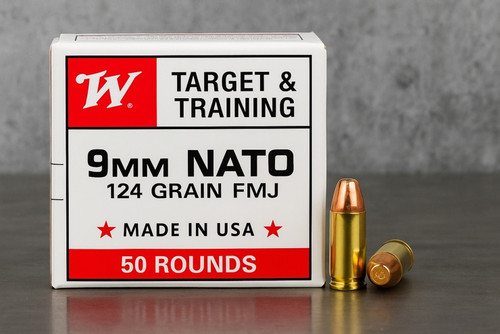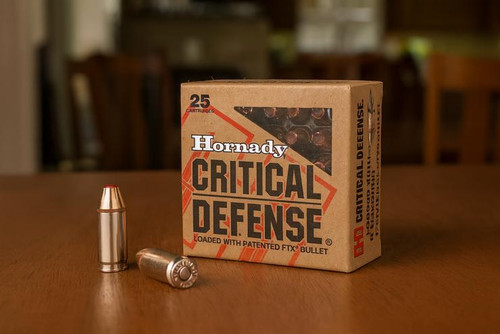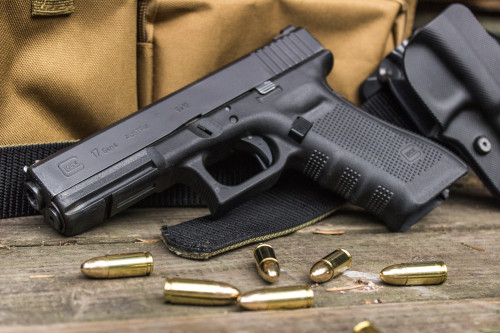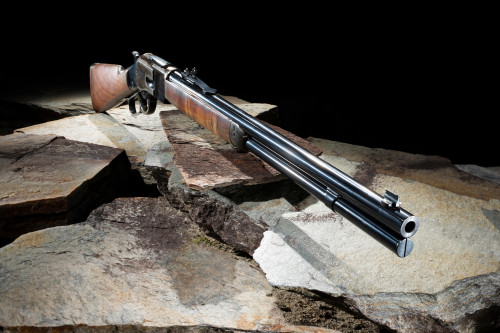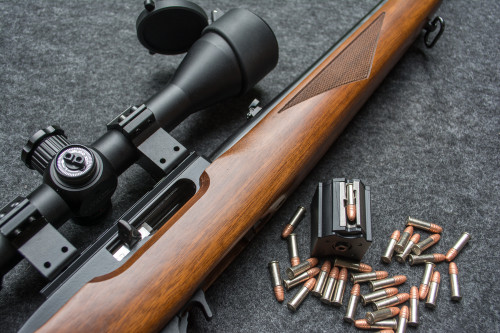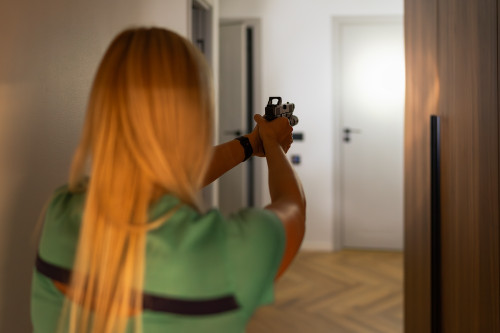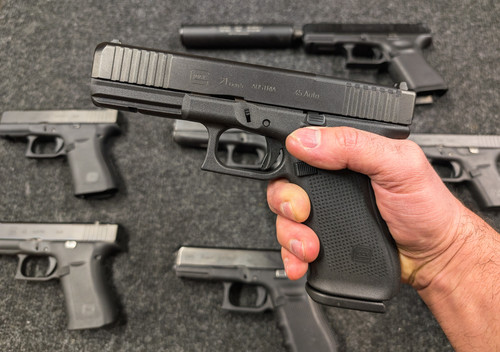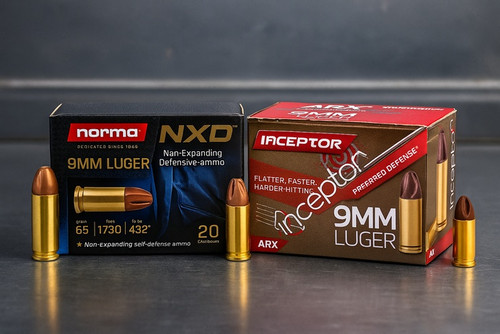Whether you’ve owned a gun for years or just picked up your first one, gun safety should always be top of mind. Learning how to properly and safely operate a firearm comes with the territory. It’s also a central tenant in firearms ownership that’s often easily overlooked. While it should be the primary objective for beginner shooters, you never outgrow the need for safe firearm handling. Relaxing on any key rules can be a matter of life or death.
Regular training, background checks, and gun safety education represent critical factors in promoting safety, as recommended by the National Rifle Association (NRA) and the American Academy of Pediatrics.
Training and common sense are fundamental to educate yourself on proper gun safety and how to be a responsible firearm owner. But gun safety is a key consideration even when you aren’t at the range. Safety guidelines include firearm handling, storage, and transport as well.
At Pro Armory, we want you to have fun with guns — but we don't want you to shoot your eye out. We also don’t want you to hurt anyone else or get in any legal trouble.
Whether you’re a new or experienced shooter, we’re here to give you the essential materials and guidance you need to be a safe, responsible gun owner. You can reference these gun safety resources to keep yourself and others from harm, start a conversation with your children, and avoid unnecessary tragedy and deadly consequences.
Importance of Gun Safety
In America, the Second Amendment to the Constitution grants United States citizens the right to bear arms. However, that right comes with responsibilities and consequences. It’s no different than the accountability you take on when you earn your driver’s license and get behind the wheel of a car. The importance of firearm safety lies in managing the powerful forces contained within a gun.
All gun owners should learn, practice, and review firearm safety frequently, whether they’ve been shooting for decades or months. At Pro Armory, we stress gun safety at all times, whether you’re practicing handgun shooting at the range or cleaning your firearms in your garage. Even if you don’t own a firearm, proper safety training can assist you when a gun is present.
Likewise, instructing children and future generations on firearm safety is just as vital as demonstrating it each time you handle a gun. Many young children encounter gun safety as part of a hunter’s safety education course, and responsible parents can be a key part of reinforcing that education by modeling good safety practices.
The Basics: The Four Gun Safety Rules
The four cardinal rules of gun safety include:
- Treat all guns as if they are loaded
- Never point a firearm at anything you are not willing to destroy
- Always be sure of your target and what is beyond it
- Keep your finger off the trigger until you are ready to shoot
Let’s take a closer look at what these rules mean in context and how you can apply them to practice gun safety.
1. Treat All Guns As if They’re Loaded
Firearms are deadly weapons that should be respected to avoid mistakes and tragedies. If you maintain the mindset that all guns are always loaded, you’re less likely to point the gun in an unsafe direction, pull the trigger by mistake, or otherwise improperly handle the gun.
Treating all guns as if they are loaded is also important if you encounter an unfamiliar weapon. Guns can fire anytime for any reason, whether you pull the trigger or not. It doesn’t matter if you’ve watched someone unload and clear the firearm. It’s too easy to get comfortable. The moment you’re distracted, devastating (yet preventable) events can transpire in a matter of moments.
2. Never Point a Gun at Anything You’re Not Willing to Destroy
The second rule is an extension of the first and concerns where you point the firearm’s muzzle. You should never, under any circumstances, point a loaded gun at anything you’re not willing to send a bullet through — at thousands of feet per second. Assuming that all firearms are loaded at all times, proper muzzle discipline dictates you should never put yourself or others in front of that muzzle for any reason other than intentional deadly force.
Enforcing this cardinal rule requires hyper-awareness of the firearm’s pointed direction at all times. Imagine an arrow extending straight out from the muzzle. It should always point in a safe direction, where no one will be unintentionally harmed. Typically, this means pointing the firearm down toward the ground when you’re not ready to shoot or pointing it down a range that is verified as clear. This rule also applies when cleaning your firearm, even if you’re totally sure the gun is unloaded. Per the first cardinal rule, you must treat firearms as if they’re always loaded.
NOTE: Pointing the gun upward isn’t as safe as some people think. If the gun goes off, it will go up into the sky for some time, but once it reaches a certain point, gravity will pull it back down (often much further away from where it was fired). Make no mistake: bullets fired into the air have accidentally killed people, sometimes without the shooter’s knowledge.
3. Always Be Sure of Your Target and What’s Beyond It
Correctly identifying and acquiring your target is a commonly overlooked but vital part of firearms safety. Extending your gaze beyond your immediate target to the conditions behind it is even more critical. Take a moment to consider your surroundings because those few extra seconds could mean the difference between life and death.
Physical control of the gun extends to the bullet and its path once it leaves the barrel. You are responsible for that bullet from the moment it leaves the chamber until it comes to rest. Bullets can travel deceptively far, especially given the countless exterior forces that act upon them once they’re in flight. Plus, you can’t always account for the physics of ricochets.
4. Keep Your Finger Off the Trigger Until You’re Ready to Shoot
Besides muzzle discipline, seasoned gun owners may warn you, “Trigger discipline,” with a watchful eye. This is to remind you to keep your finger off the trigger until you’re ready to shoot. Doing so with unloaded and loaded firearms is a simple mechanical safety you can apply anytime.
Experienced shooters often rest their pointer fingers on the side of the gun to practice proper trigger discipline. Ideally, you want to keep your finger out of the trigger guard to prevent an accidental discharge.
Trigger discipline is a habit and, like any good muscle memory, requires constant attention to ensure proper safety. Maintaining trigger discipline can help you avoid getting too comfortable with your firearm and firing the gun at the twitch of a finger. It may sound far-fetched, but even the slightest muscle movement could spell disaster without this discipline.
Gun Safety Misconceptions and Dangerous Habits
Gun safety requires an intentional mindset and a cautious attitude. Firearms shouldn’t be treated as toys. You should only handle a firearm when comfortable doing so. Otherwise, practice the four cardinal gun safety rules by maintaining muzzle and trigger discipline as you set the gun down and walk away. It’s safer for everyone involved if you’re cautious rather than cocky.
Situational awareness, especially at the range, can also allow you to practice and enforce proper gun safety. If you see someone acting unsafely, speak to a range officer. These individuals are trained to take control of an unsafe situation to protect everyone present. If a range officer approaches you, maintain muzzle and trigger discipline by always keeping the firearm pointed in a safe direction. Conveying awareness of safety measures to fellow gun owners is a gesture anyone can appreciate.
Safe Gun Handling: Measures to Keep in Mind
You must practice gun safety every time you handle a firearm, from unloading and loading to cleaning and storage. While the four cardinal rules of gun safety always apply, here are some other gun safety tips for handling guns in specific scenarios.
Unloading a Gun
Learning how to clean your gun includes unloading one safely. Guns contain deadly force, so you should treat them accordingly, even when unloading. It’s all too easy to unload your gun and forget to keep the muzzle pointed in a safe direction.
It’s also common to forget that there could be a bullet in the chamber. You must maintain muzzle and trigger discipline when you remove the magazine and clear the gun of any remaining ammunition. You should always make the gun safe by unloading it before you hand it to someone else. Proper gun safety dictates that every shooter must treat the firearm as if loaded, but every extra effort to observe gun safety is appreciated.
Loading a Gun
You should also know how to load your firearm correctly. Loading incorrectly can cause your gun to jam or otherwise fire improperly (sometimes with deadly consequences). Loading the ammunition the wrong way (or using the wrong kind) is a common mistake, in addition to holding or pulling the trigger as you rack the slide. Read the owner’s manual to ensure you are loading the correct ammunition and using the proper magazines. It’s also important to learn how to clear different kinds of jams safely and prevent them from happening in the first place.
Safe Storage of Firearms
Proper firearm handling includes the safe storage of your guns. Many sporting goods retailers offer a wide selection of gun storage devices, from standalone safes and lock boxes to several different types of gun locks (a physical device that prevents the gun from firing).
A cable lock is among the more common gun locks manufacturers include with your gun purchase. Cable locks loop through the barrel and provide a physical bore obstruction. A trigger lock is a similar obstruction that prevents the trigger from actuating. Most gun locks have a combination keypad or keyed body to operate the lock.
The safe storage of firearms also includes educating everyone in your household about proper gun safety practices. For children, exemplary behaviors and age-appropriate discussions can help set the tone.
Though safely storing firearms is a critical component of gun safety, you should never fully rely on gun locks or storage devices to replace proper gun safety. Plus, local laws in California can vary significantly from those in Kentucky, so educate yourself on local laws to maintain gun safety best practices.
Firearm Safety in Different Scenarios
Following the cardinal gun safety rules can take different forms depending on the scenario. Here are a few guidelines to help you apply these rules to everyday life.
At Home
Gun owners often keep a firearm at home for personal protection. However, if you’re not controlling the gun, it’s just as easy for an intruder to use that weapon against you. Devise one or more plans for removing yourself from a dangerous situation while maintaining the four cardinal gun safety rules. In life-threatening situations, a moment of intention can make a big difference.
Proper gun safety gains even more importance if you have young children or multiple family members. The Eddie Eagle program provides an invaluable resource for parents who want to prevent firearm accidents at home, especially if they're going to teach their kids to shoot. This program can also help initiate a discussion of handguns and gun violence to educate your children on proper gun safety.
At the Range
Gun safety practices are also critical at the shooting range. When entering a gun range, many people become overwhelmed by sensory overload, so it’s even more vital to maintain gun safety here. Most shooting ranges require ear and eye protection in all areas unless otherwise specified. This is to protect you more than anyone else, as you can never tell when a bullet might ricochet back toward your eyes. Plus, the sound of a gun blast can deafen you immediately. Always wear ear and eye protection when you’re shooting in a controlled setting, or whenever possible.
As you move around the shooting range, be vigilant and aware of your actions, even if you’re not at the firing line. If you see something unsafe, communicate your concerns to management at the range. If you experience a problem at the firing line, maintain muzzle and trigger discipline. Don’t remove the firearm from the firing line.
In Public
Firearm safety in public requires abiding by the various concealed carry laws in your state. Failure to do so can land you in legal trouble or worse. In addition, concealed carrying demands an acceptance of responsibility should you decide to introduce the gun during a dangerous situation. You want to make sure you’re the only person to access this gun, so it’s best to carry it as discreetly as possible.
Try different concealed carry positions to determine the most comfortable and secure version for you. Avoid printing as much as possible. People do funny things when they know a firearm is involved — it’s best to keep it hidden. The more you can guard the firearm from attackers or gun novices, the safer the situation will be for you and everyone else.
Gun Safety FAQ
Where Is the Safety on a Gun?
Most guns have a primary safety right above the trigger. It can be a lever, a push button, or some other mechanism. Typically the safety will show a bright color or some other marking to indicate the gun is ready to fire. Some firearms also incorporate grip safeties that require you to depress the firearm's grip to manipulate the mechanical safeties that lock the slide. Review your owner’s manual to learn more about which safeties your gun includes. Some guns might not include a safety switch at all.
All that said, you are your gun’s most important safety feature. Your ability to operate it correctly and follow the four cardinal rules often determine whether or not you have a great time at the range or need to cut it short for a trip to the hospital.
How Can You Tell If the Safety Is On?
Typically, the safety will show a bright color or point to a symbol or text on the body of the gun to show the safety is off (or on in some cases). For instance, many push-button safeties show a bright red ring to indicate the gun is live and ready to fire. However, you should never rely solely on the safety, even if it is in proper working condition. Always treat firearms as loaded and maintain proper muzzle and trigger discipline.
What Is the Best Way To Store a Gun?
The best way to store a gun is separate from the ammunition in a locked case or safe. If you have small children or want to be extra cautious, you can also install a trigger lock or other gun lock to prevent misfires.
Promoting a Culture of Gun Safety
Observing proper gun safety procedures at every turn can help reduce and even prevent gun violence, mass shootings, and other tragedies at home or in public. Share your safety knowledge with others to prevent the misuse of firearms, which is too often the cause of death in domestic violence cases and interactions with law enforcement. Firearm injuries are nearly always preventable through safe handling.
Pro Armory is committed to promoting gun safety through high-quality education and training. Our blog includes several guides to help responsible gun owners become more proficient, safe, and effective with their firearms.
Are you interested in learning more about gun safety? Learn best practices along with tips for you and your family from veterans and trained professionals in our new online training courses. Sign up for our newsletter to be notified when gun safety and tactical training officially launches.





